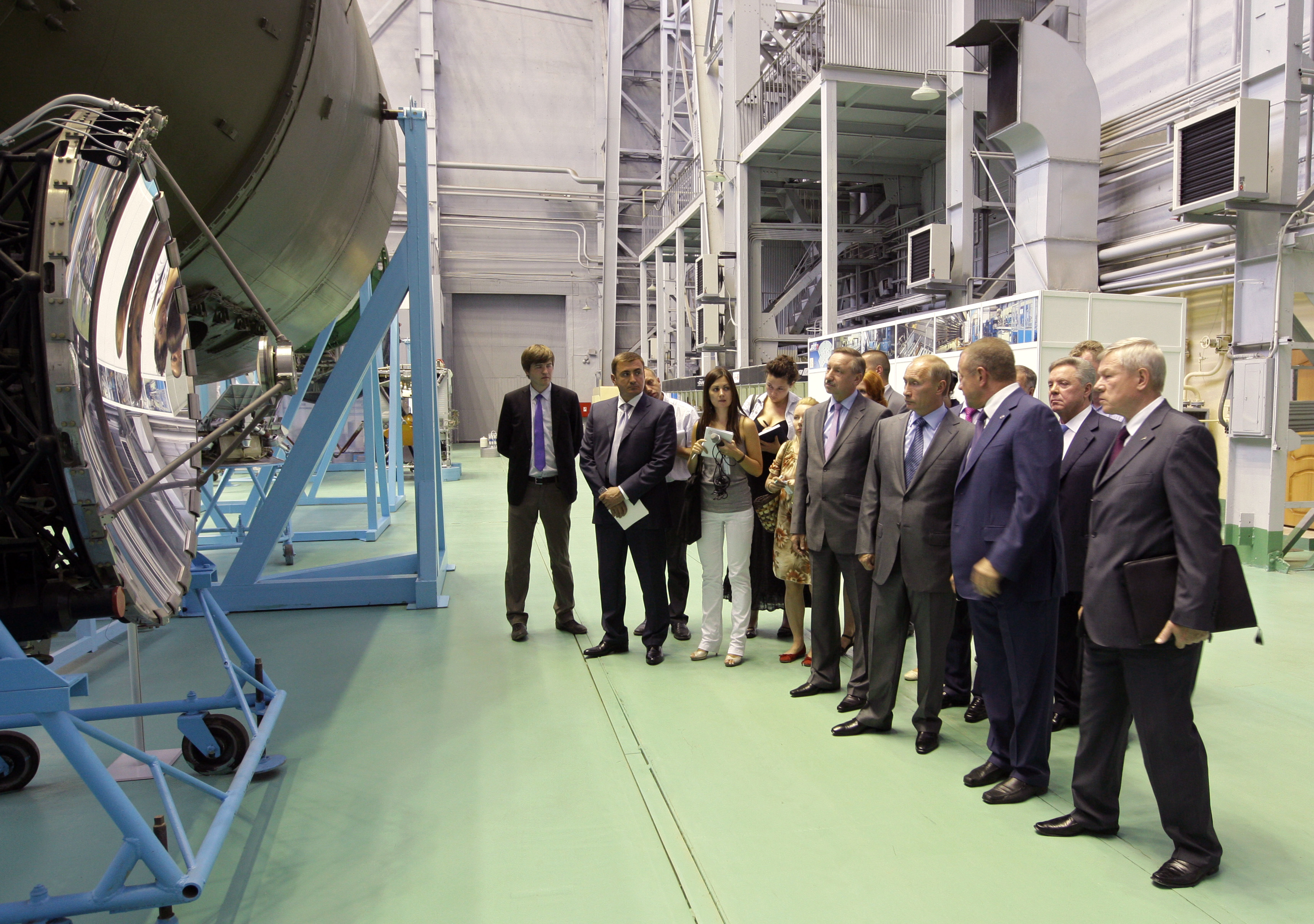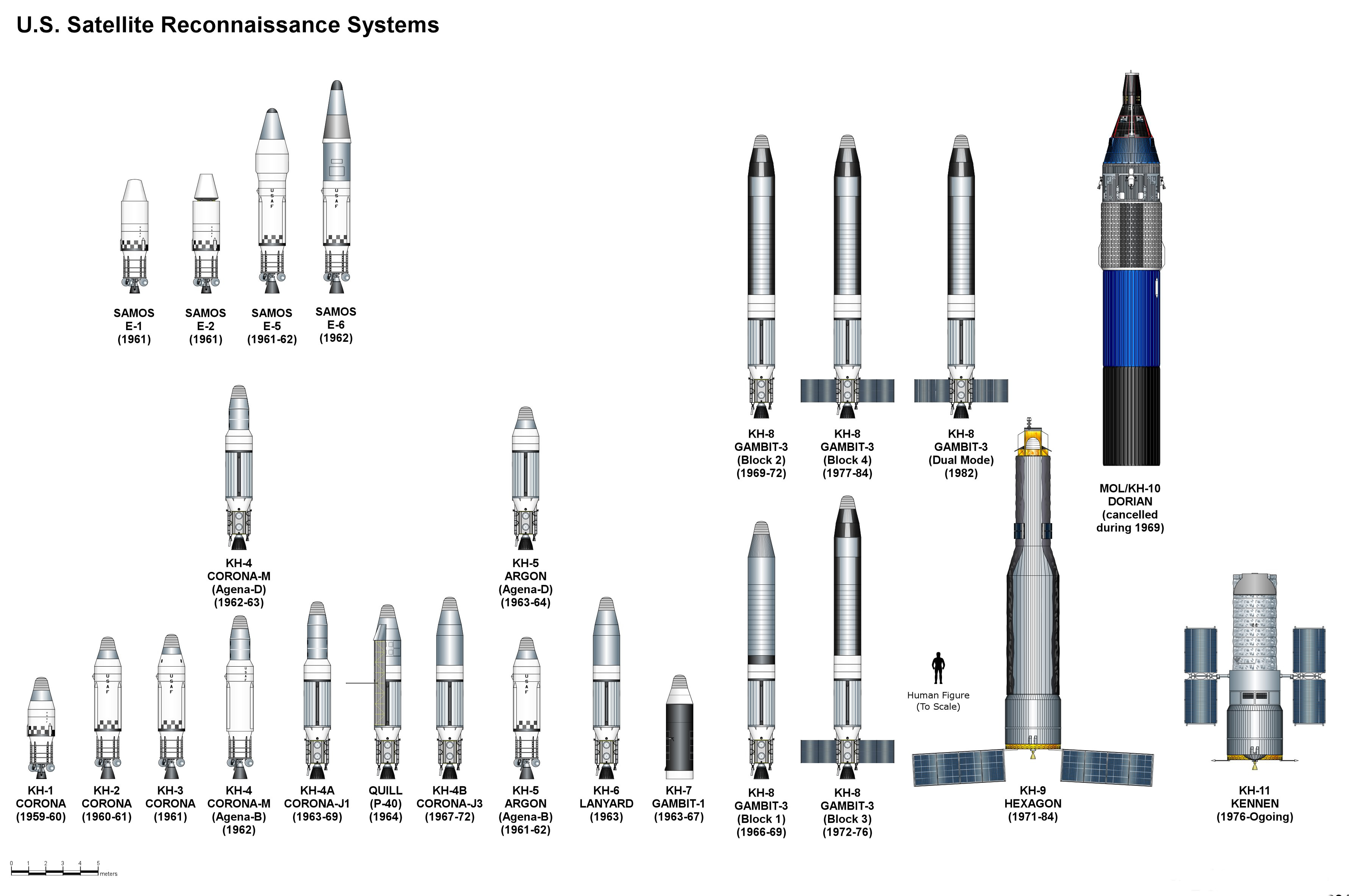|
Kosmos 50
Kosmos 50 ( meaning ''Cosmos 50'') or Zenit-2 No.24 was a Soviet, first generation, low resolution, optical film-return reconnaissance satellite launched in 1964. A Zenit-2 spacecraft, Kosmos 50 was the twenty-fourth of eighty-one such satellites to be launched and had a mass of . Kosmos 50 was launched by a Vostok-2 rocket, serial number R15002-02, flying from Site 31/6 at the Baikonur Cosmodrome. The launch took place at 10:48 GMT on 28 October 1964, and following its successful arrival in orbit the spacecraft received its Kosmos designation; along with the International Designator 1964-070A and the Satellite Catalog Number 00919. Kosmos 50 was operated in a low Earth orbit, it had a perigee of , an apogee of , an inclination of 51.3° and an orbital period The orbital period (also revolution period) is the amount of time a given astronomical object takes to complete one orbit around another object. In astronomy, it usually applies to planets or asteroids orbiting the ... [...More Info...] [...Related Items...] OR: [Wikipedia] [Google] [Baidu] |
OKB-1
S.P. Korolev Rocket and Space Corporation "Energia" () is a Russian manufacturer of spacecraft and space station components. Its name is derived from the Russian word for energy and is also named for Sergei Korolev, Sergei Pavlovich Korolev, the first chief of its design bureau and the driving force behind early Soviet accomplishments in space exploration. Overview Energia is the largest company of the Russian space industry and one of its key players. It is responsible for all operations involving human spaceflight and is the lead developer of the Soyuz (spacecraft), Soyuz and Progress (spacecraft), Progress spacecraft, and the lead developer of the Russian end of the International Space Station (ISS). In the mid-2000s, the company employed 22,000–30,000 people. The enterprise has been awarded 4 Order of Lenin, Orders of Lenin, Order of the October Revolution and Russian Federation President's Message of Thanks. In addition, 14 cosmonauts employed by the company have been ... [...More Info...] [...Related Items...] OR: [Wikipedia] [Google] [Baidu] |
Reconnaissance Satellite
A reconnaissance satellite or intelligence satellite (commonly, although unofficially, referred to as a spy satellite) is an Earth observation satellite or communications satellite deployed for military or intelligence applications. The first generation type (i.e., Corona and Zenit) took photographs, then ejected canisters of photographic film which would descend back down into Earth's atmosphere. Corona capsules were retrieved in mid-air as they floated down on parachutes. Later, spacecraft had digital imaging systems and downloaded the images via encrypted radio links. In the United States, most information available about reconnaissance satellites is on programs that existed up to 1972, as this information has been declassified due to its age. Some information about programs before that time is still classified information, and a small amount of information is available on subsequent missions. A few up-to-date reconnaissance satellite images have been declassifi ... [...More Info...] [...Related Items...] OR: [Wikipedia] [Google] [Baidu] |
Spacecraft Which Reentered In 1964
A spacecraft is a vehicle that is designed to fly and operate in outer space. Spacecraft are used for a variety of purposes, including communications, Earth observation, meteorology, navigation, space colonization, planetary exploration, and transportation of humans and cargo. All spacecraft except single-stage-to-orbit vehicles cannot get into space on their own, and require a launch vehicle (carrier rocket). On a sub-orbital spaceflight, a space vehicle enters space and then returns to the surface without having gained sufficient energy or velocity to make a full Earth orbit. For orbital spaceflights, spacecraft enter closed orbits around the Earth or around other celestial bodies. Spacecraft used for human spaceflight carry people on board as crew or passengers from start or on orbit (space stations) only, whereas those used for robotic space missions operate either autonomously or telerobotically. Robotic spacecraft used to support scientific research are space pro ... [...More Info...] [...Related Items...] OR: [Wikipedia] [Google] [Baidu] |
Kosmos Satellites
Cosmos generally refers to an orderly or harmonious system. Cosmos or Kosmos may also refer to: Space * '' Cosmos 1'', a privately funded solar sail spacecraft project * Cosmic Evolution Survey (COSMOS), a Hubble Space Telescope Treasury Project * Kosmos (rocket family), a series of Soviet/Russian rockets * Kosmos (satellite), a series of Soviet/Russian satellites * Universe, synonymous with cosmos * COSMOS field, an image taken by the Hubble Space Telescope Places * Cosmos, Minnesota, United States * Cosmos, Rio de Janeiro, a neighborhood of Rio de Janeiro, Brazil * Kosmos, South Africa, a village in North West Province * Kosmos, Washington, an unincorporated community in Washington, United States Books * ''Cosmos'' (serial novel), a 17-chapter serial novel published in ''Science Fiction Digest'' (later ''Fantasy Magazine'') in 1933 - 1934 * ''Cosmos'' (Humboldt book), a scientific treatise by Alexander von Humboldt * ''Cosmos'' (Gombrowicz novel), a 1965 novel by Witol ... [...More Info...] [...Related Items...] OR: [Wikipedia] [Google] [Baidu] |
Orbital Period
The orbital period (also revolution period) is the amount of time a given astronomical object takes to complete one orbit around another object. In astronomy, it usually applies to planets or asteroids orbiting the Sun, moons orbiting planets, exoplanets orbiting other stars, or binary stars. It may also refer to the time it takes a satellite orbiting a planet or moon to complete one orbit. For celestial objects in general, the orbital period is determined by a 360° revolution of one body around its primary, ''e.g.'' Earth around the Sun. Periods in astronomy are expressed in units of time, usually hours, days, or years. Its reciprocal is the orbital frequency, a kind of revolution frequency, in units of hertz. Small body orbiting a central body According to Kepler's Third Law, the orbital period ''T'' of two point masses orbiting each other in a circular or elliptic orbit is: :T = 2\pi\sqrt where: * ''a'' is the orbit's semi-major axis * ''G'' is the gravitationa ... [...More Info...] [...Related Items...] OR: [Wikipedia] [Google] [Baidu] |
Orbital Inclination
Orbital inclination measures the tilt of an object's orbit around a celestial body. It is expressed as the angle between a reference plane and the orbital plane or axis of direction of the orbiting object. For a satellite orbiting the Earth directly above the Equator, the plane of the satellite's orbit is the same as the Earth's equatorial plane, and the satellite's orbital inclination is 0°. The general case for a circular orbit is that it is tilted, spending half an orbit over the northern hemisphere and half over the southern. If the orbit swung between 20° north latitude and 20° south latitude, then its orbital inclination would be 20°. Orbits The inclination is one of the six orbital elements describing the shape and orientation of a celestial orbit. It is the angle between the orbital plane and the plane of reference, normally stated in degrees. For a satellite orbiting a planet, the plane of reference is usually the plane containing the planet's equator. For pla ... [...More Info...] [...Related Items...] OR: [Wikipedia] [Google] [Baidu] |
Apsis
An apsis (; ) is the farthest or nearest point in the orbit of a planetary body about its primary body. The line of apsides (also called apse line, or major axis of the orbit) is the line connecting the two extreme values. Apsides pertaining to orbits around different bodies have distinct names to differentiate themselves from other apsides. Apsides pertaining to geocentric orbits, orbits around the Earth, are at the farthest point called the ''apogee'', and at the nearest point the ''perigee'', like with orbits of satellites and the Moon around Earth. Apsides pertaining to orbits around the Sun are named ''aphelion'' for the farthest and ''perihelion'' for the nearest point in a heliocentric orbit. Earth's two apsides are the farthest point, ''aphelion'', and the nearest point, ''perihelion'', of its orbit around the host Sun. The terms ''aphelion'' and ''perihelion'' apply in the same way to the orbits of Jupiter and the other planets, the comets, and the asteroids of t ... [...More Info...] [...Related Items...] OR: [Wikipedia] [Google] [Baidu] |
Low Earth Orbit
A low Earth orbit (LEO) is an geocentric orbit, orbit around Earth with a orbital period, period of 128 minutes or less (making at least 11.25 orbits per day) and an orbital eccentricity, eccentricity less than 0.25. Most of the artificial objects in outer space are in LEO, peaking in number at an altitude around , while the farthest in LEO, before medium Earth orbit (MEO), have an altitude of 2,000 km, about one-third of the Earth radius, radius of Earth and near the beginning of the Van Allen radiation belt#Inner belt, inner Van Allen radiation belt. The term ''LEO region'' is used for the area of space below an altitude of (about one-third of Earth's radius). Objects in orbits that pass through this zone, even if they have an apogee further out or are sub-orbital spaceflight, sub-orbital, are carefully tracked since they present a collision risk to the many LEO satellites. No human spaceflights other than the lunar missions of the Apollo program (1968-1972) have gone beyond L ... [...More Info...] [...Related Items...] OR: [Wikipedia] [Google] [Baidu] |
Satellite Catalog Number
The Satellite Catalog Number (SATCAT), also known as NORAD Catalog Number, NORAD ID, USSPACECOM object number, is a sequential nine-digit number assigned by the United States Space Command (USSPACECOM), and previously the North American Aerospace Defense Command (NORAD), in the order of launch or discovery to all artificial objects in the orbits of Earth and those that left Earth's orbit. For example, catalog number 1 is the Sputnik 1 launch vehicle, with the Sputnik 1 satellite having been assigned catalog number 2. Objects that fail to orbit or orbit for a short time are not catalogued. The minimum object size in the catalog is in diameter. , the catalog listed 58,010 objects, including 16,645 satellites that had been launched into orbit since 1957 of which 8,936 were still active. 25,717 of the objects were well tracked while 2,055 were lost. In addition USSPACECOM was also tracking 16,600 analyst objects. Analyst objects are variably tracked and in constant flux, so their ... [...More Info...] [...Related Items...] OR: [Wikipedia] [Google] [Baidu] |
Kosmos (satellite)
Kosmos (, , meaning ) is a designation given to many satellites operated by the Soviet Union and subsequently Russia. Kosmos 1, the first spacecraft to be given a Kosmos designation, was launched on 16 March 1962. History The first Soviet satellites orbiting Earth were named Sputnik (spacecraft designation), Sputnik, Polyot (starting in 1963), Elektron (satellite program), Elektron (in 1964), Proton (satellite program), Proton (in 1965), and Molniya (satellite), Molniya (in 1965), but most have been called Kosmos since Kosmos 1 on 16 March 1962. The program has included uncrewed tests of crewed spacecraft and satellites for scientific research and military purposes. , 2548 Kosmos satellites have been launched. The spacecraft do not form a single programme, but instead consist of almost all Soviet and Russian military satellites, as well as a number of scientific satellites, and spacecraft which failed during or immediately after launch, but still reached orbit. Most Soviet and ... [...More Info...] [...Related Items...] OR: [Wikipedia] [Google] [Baidu] |




